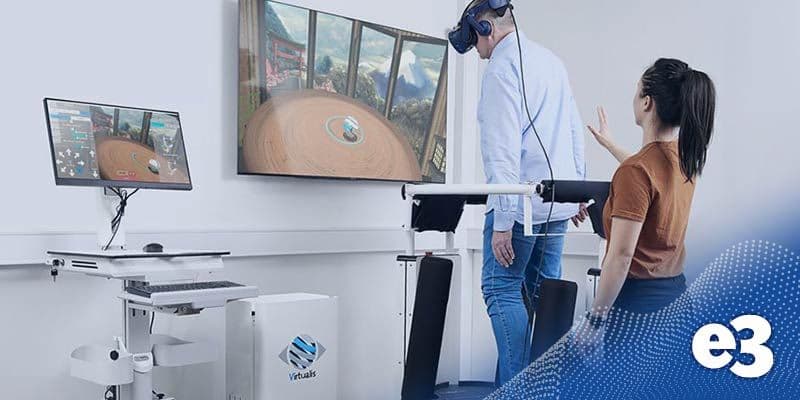References
Richard-Vitton T, Petrak M, Beck DL (2013). The TRV chair: introductory concepts. Hearing Review 20(12), 52-54.
West N, Hansen S, Moller MN, Bloch SL, Klokker M (2019). Reposition chair treatment improves subjective outcomes in refractory benign paroxysmal positional vertigo. J Int Adv Otol 15(1), 146-150.
West N, Hansen S, Moller MN, Bloch SL, Klokker M (2016). Repositioning chairs in benign paroxysmal positional vertigo: implications and clinical outcome. Eur Arch Otorhinolaryngol 273(3), 573-580.






